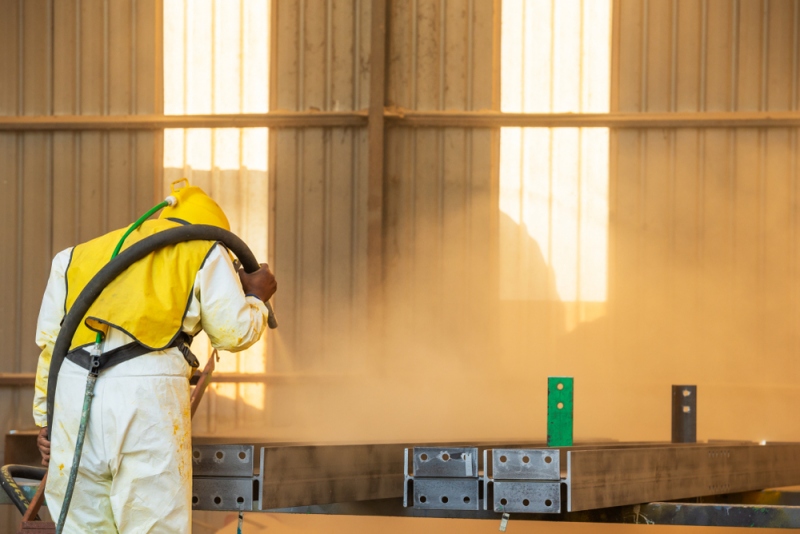Surfaces of all kinds will wear down over time or begin to show signs of age when things such as calcium buildup or fungal growth become more prominent. While some surfaces can easily be scrubbed down and made new with some chemicals and some elbow grease, other surfaces are much too tough or worn down to be affected by these methods. This is when abrasive blasting comes into play. Abrasive blasting is the process of propelling a high-pressure stream of small bits of abrasive material to remove imperfections or substances from a surface or to reshape the surface of a certain material.
The most common form of abrasive blasting is sandblasting, which is most likely the type of abrasive blasting that you are now using for your project. However, there are more beneficial forms of blasting that aren’t as dangerous to your health and safety or to your materials. In this article, we will talk about bead blasting and provide you with three reasons why you should be using a bead blaster.
What is bead blasting?
Don’t let the term “bead blasting” confuse you. Bead blasting is just like every other form of abrasive blasting, with the exception being that your equipment will use small glass beads rather than sand or other materials you may find in abrasive blasting processes.
Bead blasting is much safer than sandblasting
The biggest issue with sandblasting is that the byproduct produced by the process is silica dust. When silica dust is inhaled, it can contribute to a lung disease known as silicosis. Silicosis occurs when silica dust enters the lungs and scars them, making it difficult to breathe and creating a host of other undesirable and dangerous symptoms.
When you use a bead blaster, however, you avoid this issue entirely since the glass beads do not produce any dangerous byproducts that could harm your health. If you’ve been looking for a safer alternative to sandblasting, bead blasting is an option that you should definitely look into.
Bead blasting is cost-effective and practical
Sandblasting, while more common than other forms, is truly not the most practical form of abrasive blasting. Once sand is put through the abrasive blasting process once, it becomes a fine dust that is not reusable. Besides its inability to be used more than once, sand contains many imperfections and is known to have a higher moisture content compared to other abrasive materials, which can cause blockages or complete failure in blasting equipment. On top of all that, it can be quite expensive to perform sandblasting on a surface.
Bead blasting, on the other hand, is relatively cheap to perform and the beads themselves can be put through several processes before they become too fine to use again. Unlike sand, glass beads are produced to meet all kinds of surface reshaping needs and have less imperfections than sand. Glass beads will also not block or ruin your blasting equipment when they go through the blasting process.
Bead blasting Is a gentle, effective process
Sandblasting is known to be harsh, which is great if you are attempting to heavily wear down a surface. However, this process can often damage the underlying material and cause imperfections that may ruin the entire process. With bead blasting, you will have to go much slower, but you will be able to polish the surface better and you will end up with a more detailed surface than you would with a sandblaster, making it the superior option for those who need to renew surfaces.
As you can see from the three reasons provided above, bead blasting is an effective and useful process when compared to sandblasting. If you have not yet switched over to this process, use the three reasons as incentive to purchase your own beads and begin bead blasting your surfaces today!
